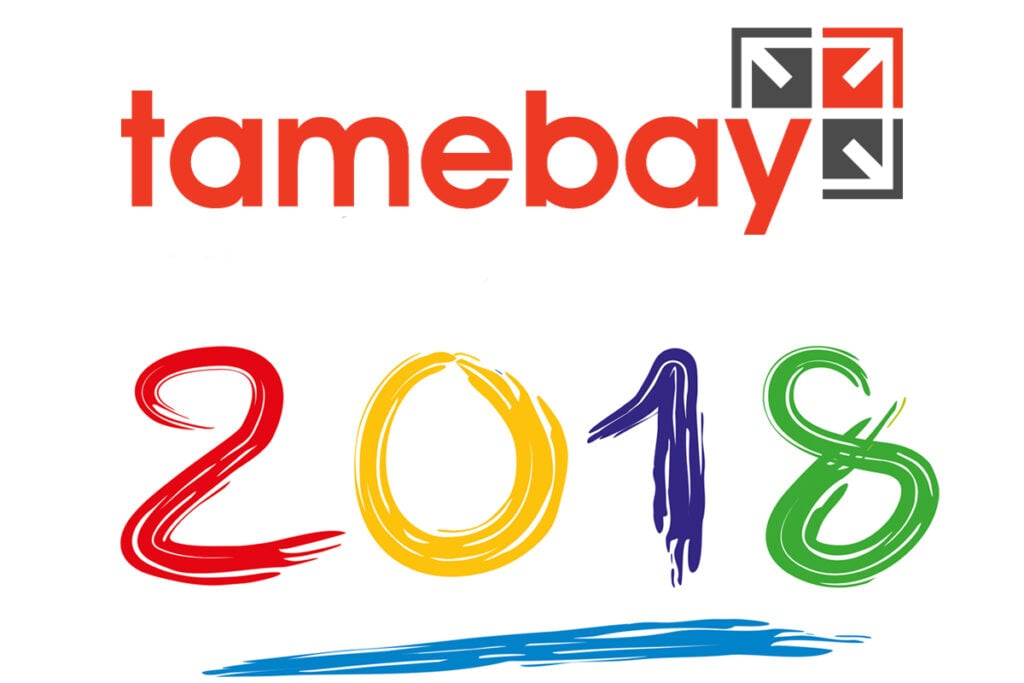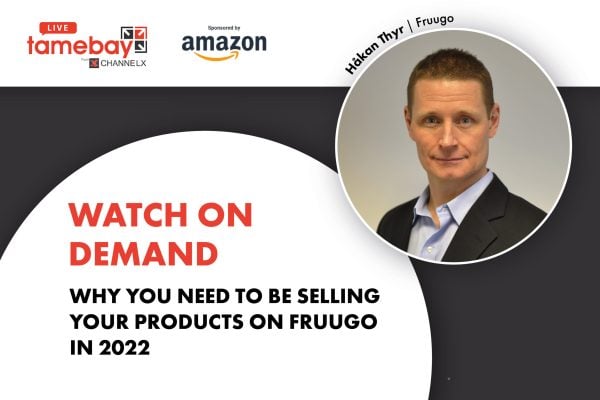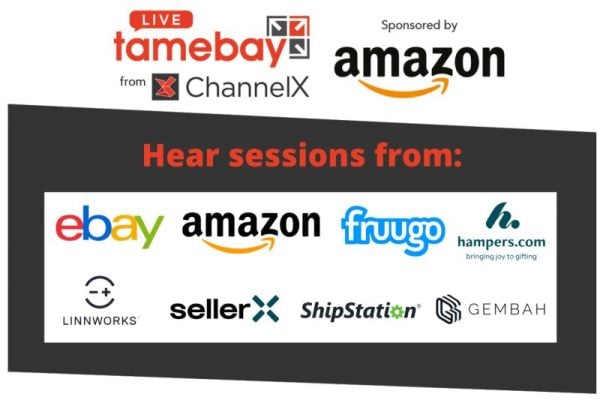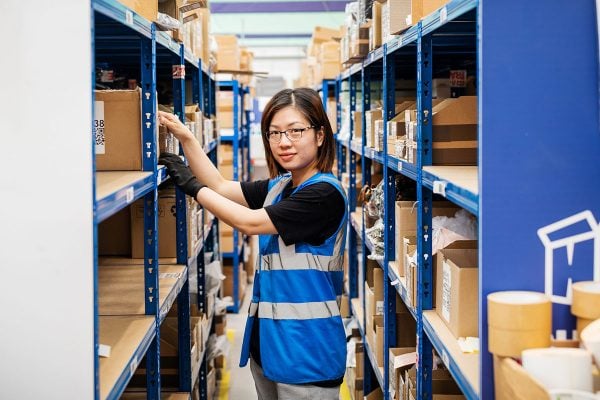We’re all back at work now, the kids are back at school and after the Christmas and New Year festivities the country is getting back into the daily routine of normal life. That being the case we though it time to set out our expectations and ecommerce predictions for 2018. What should you be looking out for, what will change and how can we best capture our share of consumer’s spend in the year ahead?
- Delivery
Amazon continues to set the pace for delivery and consumers are becoming accustomed not just to next day delivery but to receiving their goods the same day or even within the hour.There is a cost involved in delivery however and the trend to free delivery has possibly reached a peak and as shoppers demand even faster deliveries it’s likely that they’re going to have to start paying for it.
There will also be increasing demand for ever later cut off times for next day delivery which will put pressure on carriers. We’re already seeing this with the CWU and Royal Mail dispute. Royal Mail want new posties to work later hours then current employees and this is purely and simply because later cut off times mean delivery rounds need to start later in the day – they have to have time to get the goods to the local delivery depot before the postie sets out on their round.
- Consolidation
Remember the days when every high street retailer wanted you to download their shopping app? It simply didn’t work as it turns out that consumers don’t want a couple of dozen mobile apps cluttering up their smartphone and shoppers showed a preference for a couple of shopping apps to start their search – that’s why eBay’s mobile app is still the most popular in the world even after a decade.In a similar way, retailers are going to struggle to keep up with the latest voice and image and launch apps on platforms such as Amazon Alexa and Google Home and get consumers to enable them. We will likely see even more reliance on larger platforms – quite possibly in the short term eBay and Amazon, but potentially in the future new entrants to the market (I’m thinking companies like Pricesearcher) could be plugged into the back end of voice assistants and they could become the new giants of the shopping search industry.
- The rise of voice assistants
Amazon report mega sales of Alexa powered Echo devices over the Christmas period, and eBay and Google have revealed similar sales stats of voice assistants and smart home devices. Consumers are going to shift the way that they interrogate the internet from typed search commands to voice search and often results will be presented as audio from a voice assistant device rather than in a visual format. This is going to impact how retailers need to list their products online to ensure that they can be found and identified.eBay have already partnered with Google Assistant in the US and Australia for voice search and we would expect to see this launch in the UK and Europe in 2018.
- Image Search
Visual search is going to be key in 2018 as companies like eBay bring image search (Find it on eBay and Image Search) to the UK and Europe.Image search is interesting as the platform has to identify the product and infer details from the image and then match these to similar products in their database. Increasingly the use of GTINs and associated product data will be key to find matching and similar items to power image search. Those retailer who invest the most time categorising products and entering Item Specifics and Product Attributes should see dividends.
- Artificial Intelligence
Artificial Intelligence (AI) will grow to run many areas of our lives, even without us realising it. Ecommerce platforms will utilise AI to present search results and to communicate with shoppers through Chat Bots. We already use AI in many areas of our live for instance whenever you power up Google Maps or a SatNav it’s AI that determines the best route to your chosen destination.AI will also increasingly be used to help create better listings, maximise profits through repricing tools and present more relevant search results to buyers.
- Virtual Reality and Augmented Reality
Virtual Reality (VR) has a somewhat limited application to ecommerce – no one wants to walk around their front room wearing a VR headset to do their supermarket shopping. However for sites like StubHub who can show you the view from any seat in a stadium at the point of booking a ticket or the estate agent that can give you a virtual tour of your potential new house there are definitely some great applications.Augmented Reality (AR) is a much more realistic proposition for ecommerce. L’Oreal have a Makeup Genius app which can show you exactly what their cosmetics would look like on you – yes you can apply your virtual lippy before you buy! Whilst there may be a move away from mobile in favour of voice assistants, the humble smartphone is still likely to be the window into the world of AR as it’s something we all carry all of the time.
- Consumer choice will decrease
Shoppers used to visit a high street with hundreds of shops to choose from each with different but similar merchandise. When shoppers started to shop on the Internet they were limited to the selection presented to them (Generally 10 search results from Google, 25 from eBay, 24 from Amazon on the first page of search results). Choice becomes even more limited with the introduction of devices such as Amazon Dash Buttons and subscription services where products are simply re-ordered without any choice of brand or even pack size/quantity. It’s similar on voice search devices where often you’re presented with a choice of a single product… or in effect no choice at all! - Websites will become less important
As consumers find new ways to shop using voice search on voice assistants they’ll be less inclined to visit a specific website. Marketplaces and shopping comparison engines plugged into these device will become the shopping search engines of choice. - Personalisation
Personalisation of goods is already a massive industry in everything from gifting to Adidas trainers. Sites such as Amazon.com and NotOnTheHighStreet are superb at capturing personalisation data. However Amazon’s EU site and eBay are sorely lacking in the ability to gather images and text for personalisation and if this isn’t fixed then sales on these marketplaces will be damaged. Retailers simply can’t scale without automation and sending emails back and forth isn’t a practicable solution. - Lifetime customers
Retailers will become increasing focused on how to capture a customer for life and increase their return on customer acquisition. It’s really expensive to win a new customer so maximising the amount they spend over time is key.Surprisingly good old email marketing is still the killer application in communicating with customers, but new services such as subscription models for repeat orders will come to the fore. We already see this with Yumbles, NotOnTheHighStreet and Amazon where a discount is offered for signing up to a subscription rather than making a single one of purchase.
Subscriptions are not just for food – you’ll see them for everything from socks to mens razors. If you sell a product which a consumer is likely to purchase regularly over the course of a year then strongly consider offering subscriptions on your website and any marketplaces that support them.









2 Responses
We are going to all end up like the people in that film Wall E “Fat” in our floating Amazon branded pods to lazy to do anything ordering our next bag of sweets from our Amazon Alexa, am just glad it cannot understand most accents still.
I think we have still forgot the power of the female shopper, my partner will still “shop” about, go direct to merchants websites, she knows she pays a premium for going to a marketplace.
Consumer choice will decrease am sure as those with the biggest pockets will prevail.
Have you ever thought that every single thing we’ve ever bought or owned in our lives, is still somewhere. Either broken down into little plastic particles working its way through the food chain, or electronic goods dumped in some third world country, contributing to the death of young children and the people scavenging their parts. Our modern comforts, consumer habits and demands for quicker, cheaper purchases are a type of obsessive collective madness.
Happy New Year.